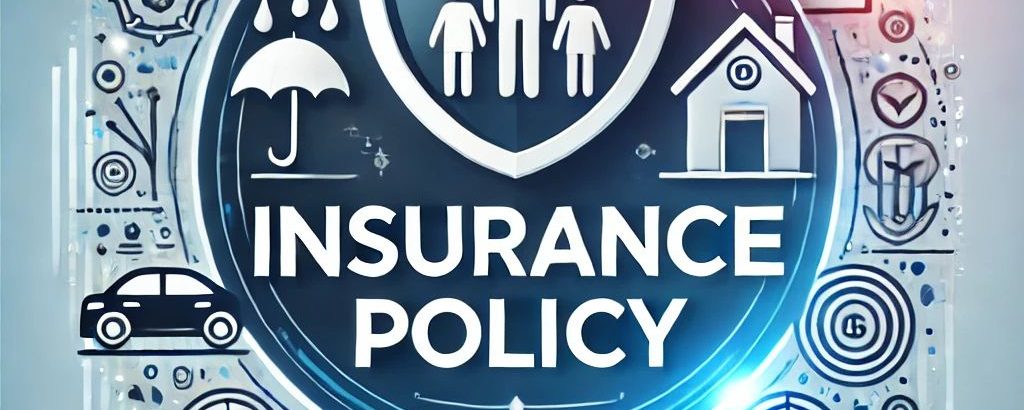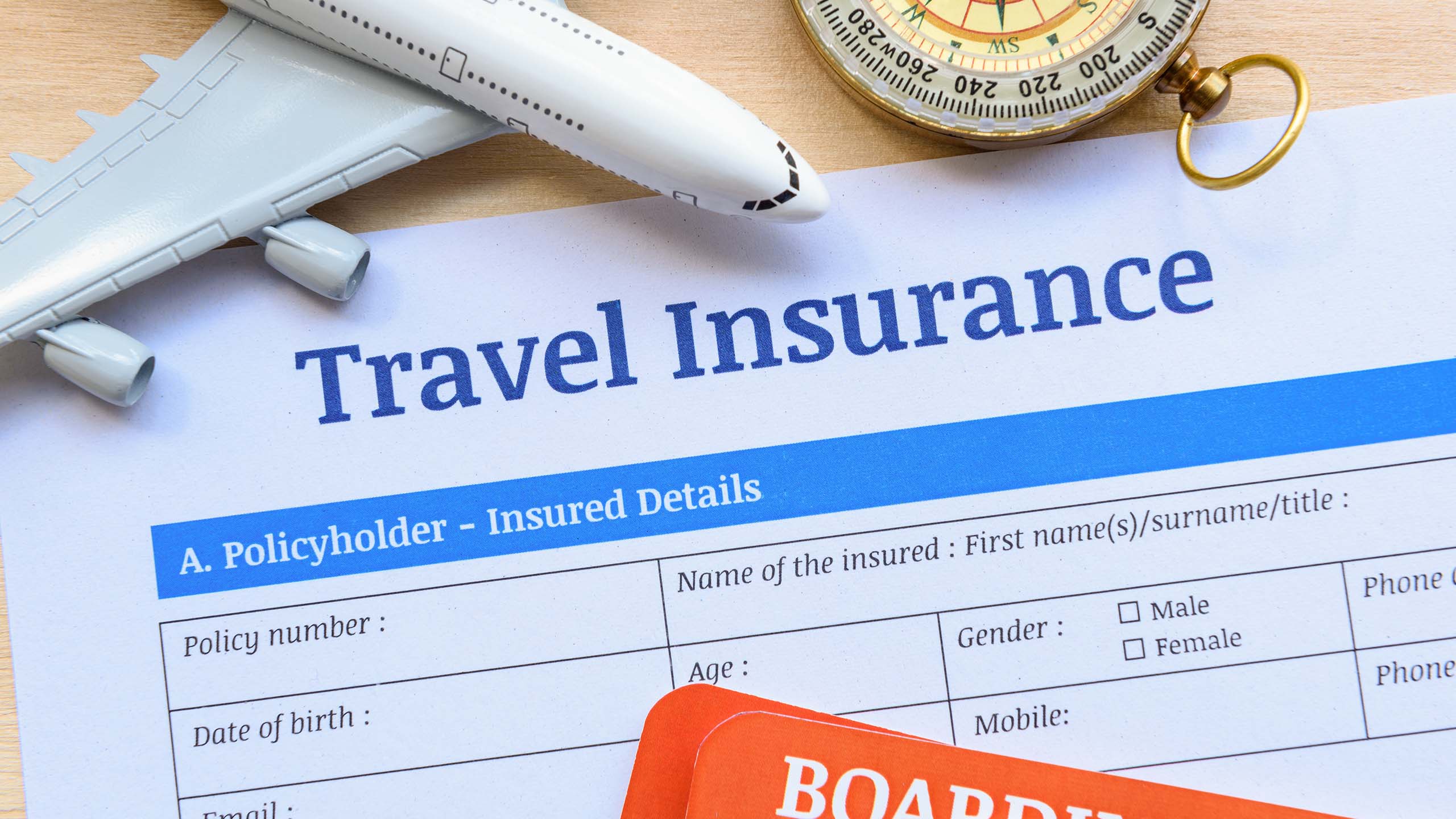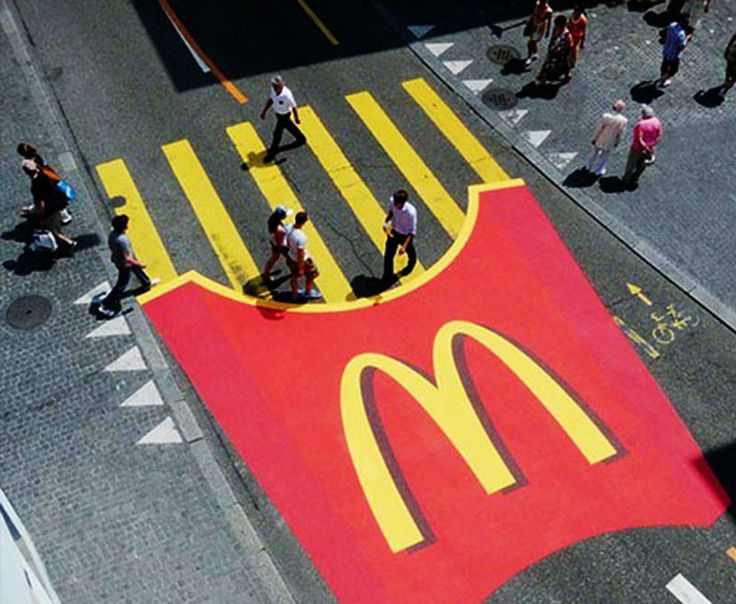
Gap insurance is a crucial financial safeguard that many car owners overlook. If you’ve recently purchased a vehicle through financing or leasing, you might have heard about gap insurance in shero.us. But what exactly is it, and why is it essential for vehicle owners? This article will explore everything you need to know about gap insurance, how it works, and why it might be a smart investment for you.
What is Gap Insurance?
Gap insurance, short for Guaranteed Asset Protection, is a type of coverage that protects car owners from financial loss if their vehicle is totaled or stolen. When you buy a car, its value starts depreciating the moment you drive it off the lot. In case of an accident or theft, standard auto insurance only covers the actual cash value (ACV) of your car at the time of the incident. This amount is often significantly lower than the outstanding loan or lease balance. Gap insurance covers this “gap,” ensuring that you don’t have to pay out of pocket for the difference.
How Does Gap Insurance Work?
Let’s say you buy a car for $30,000 and finance it with a loan. After a year, the car’s market value drops to $24,000. Unfortunately, an accident occurs, and your insurance company declares the car a total loss, paying you only the current market value of $24,000. However, you still owe $27,000 on your loan. Without gap insurance, you would have to pay the remaining $3,000 yourself. With gap insurance, the difference is covered, ensuring you’re not left with debt for a car you no longer have.
Who Needs Gap Insurance?
Not every car owner needs gap insurance, but it is highly recommended if:
- You financed your vehicle with a small down payment (less than 20%).
- You took a long-term loan (five years or more).
- Your car depreciates quickly.
- You leased your vehicle (many lease agreements require gap insurance).
- You rolled over negative equity from a previous loan.
Benefits of Gap Insurance
- Financial Protection: Covers the difference between the insurance payout and loan balance.
- Peace of Mind: Ensures you won’t be burdened with unexpected debt.
- Affordable Cost: Often inexpensive compared to the potential financial risk.
- Widely Available: Can be purchased through car dealerships, lenders, or insurance companies.
How to Purchase Gap Insurance
You can buy gap insurance from different sources, including:
- Auto Insurance Companies: Many insurers offer gap insurance as an add-on to standard policies.
- Car Dealerships: Dealers may include it in your financing package, but it may be more expensive.
- Banks and Lenders: Some lenders provide gap insurance as part of the loan agreement.
Is Gap Insurance Worth It?
Whether you need gap insurance depends on your financial situation and how much you owe on your car loan. If your car depreciates faster than you pay off your loan, gap insurance is a wise choice. However, if you owe less than the car’s market value or have substantial savings, you might not need it.
Conclusion
Gap insurance is a valuable tool for protecting yourself from financial loss if your car is totaled or stolen. It ensures that you don’t have to pay out of pocket for the remaining loan balance, providing peace of mind and financial security. If you’re financing or leasing a vehicle, consider adding gap insurance to your coverage plan to avoid potential financial hardships.








